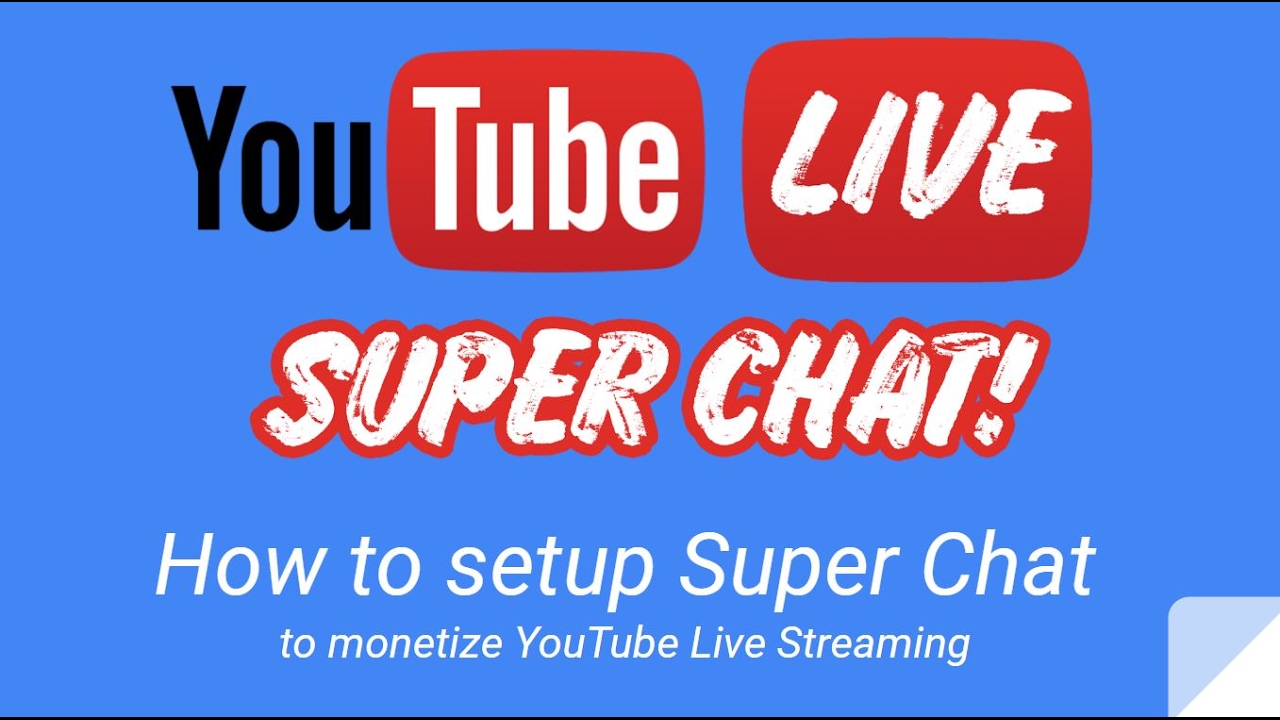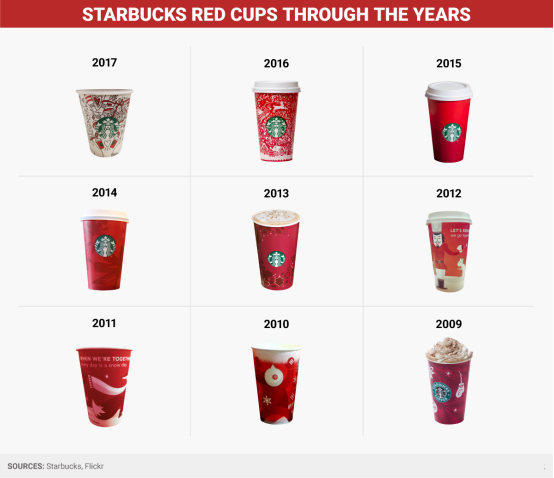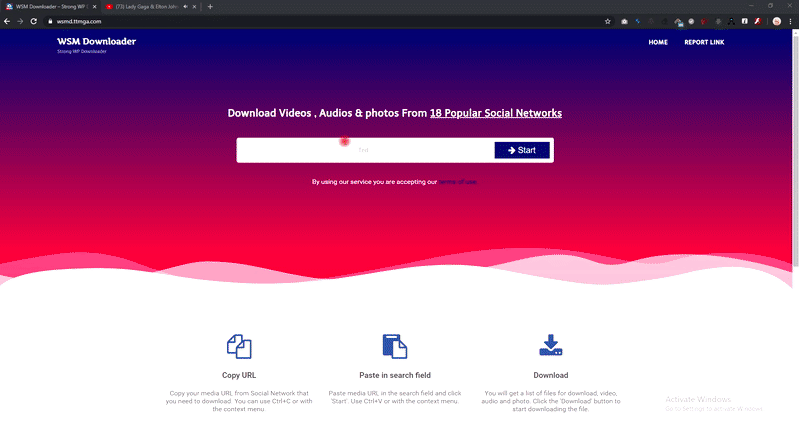
Owned media refers to content that you create and own for your business. It is created to address your specific goals and answer pertinent questions for your target market. Blog posts, articles and videos are all considered owned media. There are many types of content, including earned and paid media. While owned media is your content, earned and paid media are other people's. If Target Internet owns this article, for example, it would be its content.
Because of its complete control, owned media are a great choice for increasing awareness, consideration, or purchasing. Retargeting can be used to encourage leads towards conversion. As a result, it's crucial to target your content with great precision. For instance, you want to ensure that your brand is being seen by the right buyers at the right time, so you must identify their specific needs and make your content relevant to them.

Owned media requires planning, preparation, and care. Your content must be updated regularly to ensure it is current and relevant. Writing or photography might be required. It does not matter what goals your company has, it is vital to measure how each channel impacts them. Once you have an understanding of the differences between paid media and owned media, it is possible to select the most appropriate mix for your business. You'll be happy you did.
If you are looking to increase the reach of your campaign, owned media is a great option. While paid media can work well for businesses, it is not the best option. There are many options to improve your brand's content marketing strategy. It's important to find the best one for you. When you have the right mix of owned and paid media, you will be well on your way to success.
Owned media is a great option if you want to build a relationship with your target audience. It is not a guarantee that you will succeed, even though it is free. A successful campaign can take time to build a reputation among your readers. Earned media should be able to generate large numbers of referrals. Paid media can work well when used in combination with other forms.

Owned media is about getting people to your site. Strong organic rankings in search engines are the best way of achieving this. Also, quality content is the best way for a website to get traffic. If you can get your content picked up by other sites, it will increase its reach. Earned media plays an important role in any content marketing strategy. The right content can have a positive effect on your website and your business.
FAQ
Do I need to have a team of people or can I do the content marketing myself?
This question will depend on your experience, budget, and skill set. You may need to learn how you can do the job yourself if you don’t want to hire someone.
You shouldn't attempt to succeed in content marketing if you don't have the support you need.
A great content strategist/agency can save you money and help you get more results.
If you don't work hard, deliver quality content consistently and keep up to date with the latest trends, you won't be able to succeed. That's why having a solid content strategy in place is vital.
What is the ROI of a Content Marketing Strategy for me?
Businesses that adopt a Content Marketing Strategy experience a 5-10x increase in return on their investment (ROI) than businesses that don’t.
A Content Marketing Strategy is used to generate leads and sell.
It can also provide valuable insight into your company. These insights will help you make better decisions such as identifying opportunities and improving customer service.
Let me tell ya, Content Marketing Strategy can make you a lot of money.
You can easily double your overall revenue.
What are the advantages of content marketing?
The creation of high-quality, relevant content can be used to increase sales and lead generation. Content marketing provides an ongoing stream of original, fresh content that can be used for promotion of products and services. Additionally, content marketing can increase brand awareness and build trust with potential customers. Content marketing can also create a positive image of your company.
What if I post only links to other sites' content.
Yes! This is link building. It is a great way of increasing traffic to your website by linking back to other sites' content. But only link to reliable sources.
Statistics
- Seventy-two percent business to business (B2B) (mailchimp.com)
- According to the Content Marketing Institute, 70% of B2B marketers and 86% of B2C marketers surveyed use content marketing in some form or other. (criteo.com)
- Progress indicators (0–100%) allow each team member to see how attainable each goal is and understand what remains to be accomplished. (semrush.com)
- In fact, would pay more for a better customer experience, and 86% of B2B buyers would pay more. (neilpatel.com)
- According to our research, brand awareness, attracting traffic, and generating leads remain the key content marketing goals in 2022. (semrush.com)
- Content marketing produces 3X more leads per dollar spent. Content marketing costs 62% less than traditional marketing. (criteo.com)
- Forty-seven percent of buyers view 3 to 5 pieces of content before engaging with a sales representative. (mailchimp.com)
- Measure your goals with a progress indicator of 0-100%. Make your goals collaborative and transparent (semrush.com)
External Links
How To
Informationgraphic creation tips for content marketing
Infographics are one of the most effective ways to explain complex concepts simply, making information easy to understand. You should use infographics to spread the message about content marketing.
For creating an infographic you'll need software such as Adobe Illustrator and Photoshop. You can use these programs to draw out different shapes and elements to represent your data, then add colors and fonts to make everything look nice. Once you are happy with your design, you can upload images to Unsplash and Pixabay for your design.
Online infographics can be a great source of inspiration. You could use a photo of a food pyramid to show the calories in particular foods. Then, replace those numbers with photos of the foods. Another option is to take a picture of a can of Coke and look at how much sugar it contains.
Once you have designed your infographic you can share it via social media channels, such as Facebook or Twitter. This will make it easier for people who don't know the concept to get familiar with it. Use hashtags to let others know what infographic you are sharing on social media. Users can follow along with specific conversations using hashtags.
If you decide to create an infographic, try making your posts shorter than usual. An average blog post is between 2000 and 5000 words, while an infographic takes 500 to 1000 words. You can communicate more information in less space.
Keep in mind that viewers may have difficulty reading small fonts when creating your infographic. Use large fonts, but don't overuse color in your infographics. You must also ensure that your text is easily read.
Here are some additional tips :
-
Use an infographic template. There are many online templates that you can download or print. Canva, Piktochart and Google Slides are the most used templates.
-
Make your Infographic. Create your infographic using the template. Any media you choose is acceptable for your audience. An example of this is a infographic that shows the best restaurants in Seattle.
-
Add Text. Add text after you've created your infographic.
-
Add Images. Add images to an infographic. These can be pictures, charts, graphs, or icons. If you want to add a picture, make sure it's relevant to your topic.
-
Make It Interactive. Interactive elements can include buttons, maps, or links. This will make it easier for your audience to interact with you.
-
Share. Share your infographic with others on social media such as Facebook, Twitter and LinkedIn.
-
Measure. Your infographic's performance. Did they click through to your site? Did they signup for your mailing list? What was their reaction when you showed them your infographic
-
Improve. Do you have any suggestions for improving your infographics? What could you do better next year?
-
Repeat. Repeat.